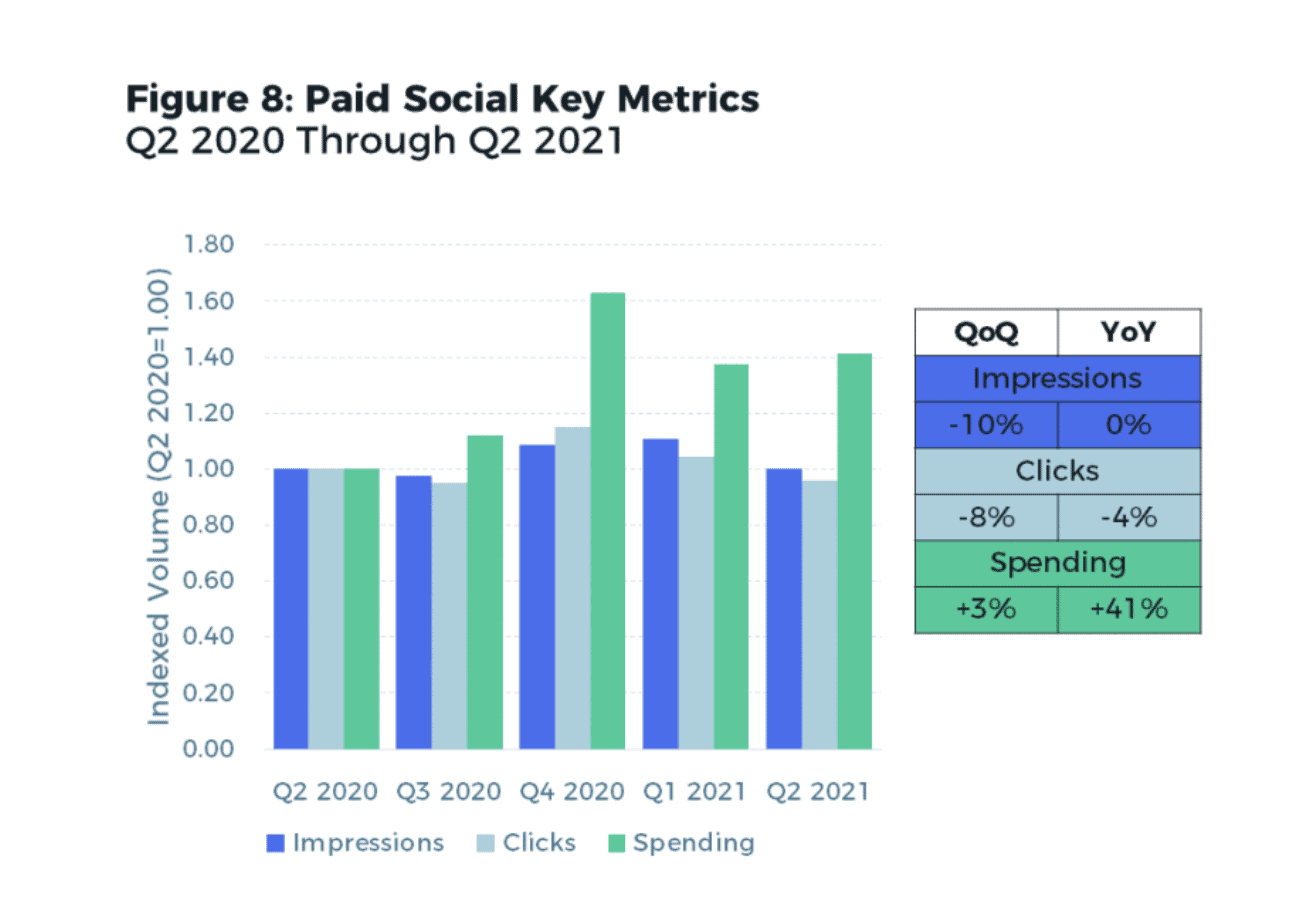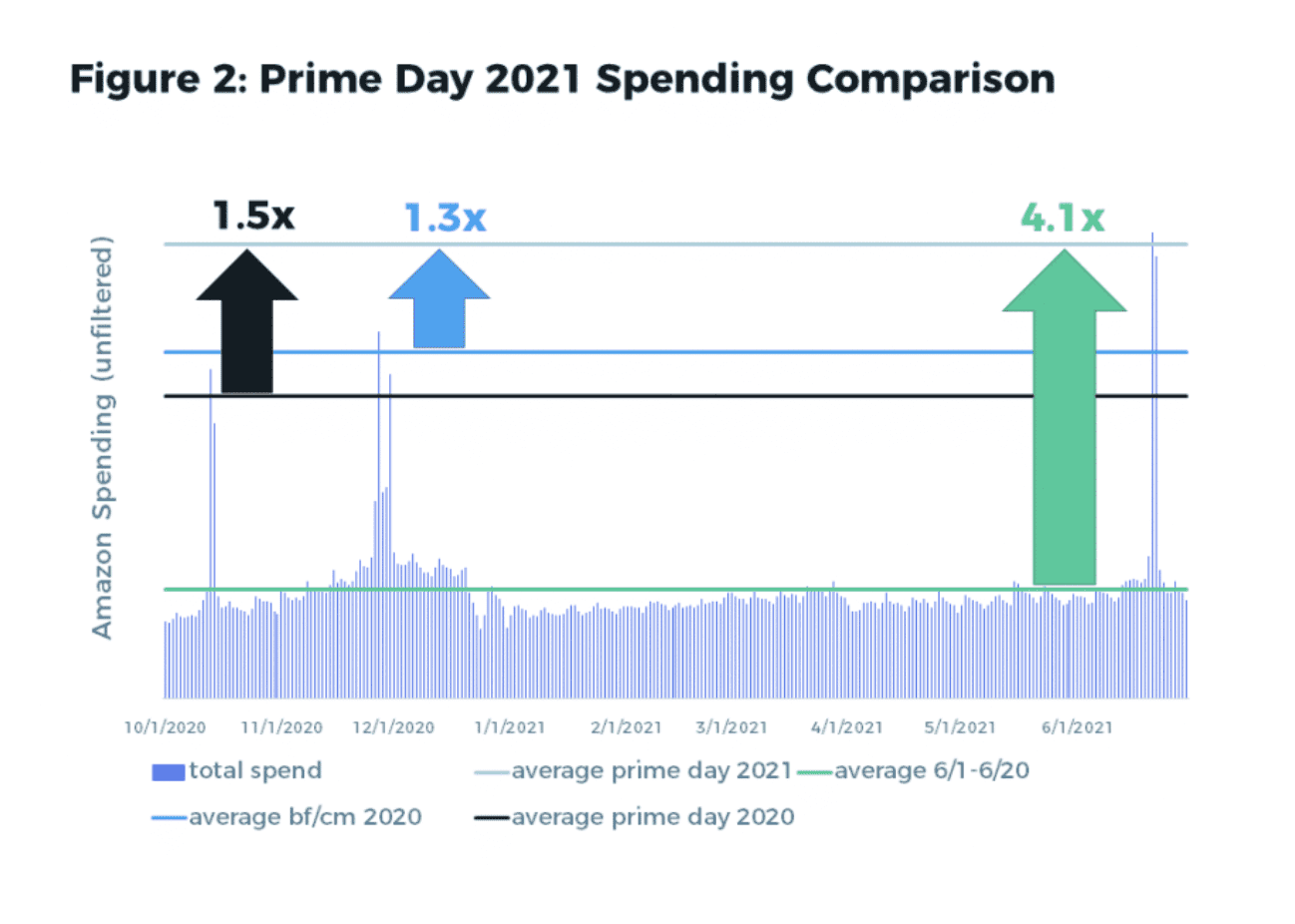
Joshua Dreller
Sr. Director, Content Marketing @ Skai

Joshua Dreller
Sr. Director, Content Marketing @ Skai
Ecommerce Channel Advertising (ECA) is one of the fastest-growing digital advertising channels. As reported by Skai in our recent Quarterly Trends Report, total spending across Retail Media ads grew 19% over last quarter, which translates to a 55% increase over the same quarter last year.
Led by Amazon Advertising, the main distinction of Ecommerce Channel Advertising versus other channels is that it is integrated within an online marketplace.

Amazon Advertising, a form of ECA, is integrated within the store.
“Reaching shoppers with ECA just makes a lot of sense for retailers,” says Skai’s Senior Director of Marketing Research, Chris ‘Coz’ Costello. “While other modes of advertising act with varying degrees of success to influence consumers while they are doing something else—socializing, reading news, watching videos, surfing the internet—getting in front of them during the final stages of online shopping with ads relevant to what they’re already shopping for is a no-brainer.”

Total spending from social advertisers grew 41% year-over-year
As previously stated, the main attribute of Ecommerce Channel Advertising is that the ads appear within an online store versus almost every other form of digital advertising that transports consumers from around the Internet to online stores.
Why does this matter? Less friction = more conversions.
There’s a tried-and-true axiom in digital marketing that for every next click that is required to get a user to a desired action, there will always be a drop-off.
So, for every 100 people who click an ad, you can almost guarantee that at least 1 person will not click each next step along the purchase path. If there are many steps to purchase, the problem gets exponentially worse and conversion rates go south.
With less friction between the ad and the final action, Ecommerce Channel Ads offers an integrated experience for online shoppers that reaches them at every stage of the funnel.
Although every Internet user is potentially a shopper, the distinction here is ECA helps brands reach consumers while they’re in shopping mode—or at least consumers researching a purchase to later buy.
Why is this so important? Google has been talking about micro-moments for years and how dramatically more effective marketers can be when they reach consumers at the most opportunistic moments throughout the day. Today’s consumer is incredibly time-poor which is why there’s been such a rise in multi-tasking and second screening. When a consumer stops their day and requests information, marketers need to be there.

The closest offline equivalent to ECA is in-store ads in grocery stores.
The leading publishers—Google, Facebook and now Amazon—each have unparalleled consumer data which they leverage into their marketing platforms and use to entice brand advertisers to spend in order to reach target audiences.
Wired articulated the value in 2012: “Facebook knows who your friends are. Google knows what you’re interested in finding on the Internet. Amazon knows what you’ve bought, and has a pretty good idea of what you might want to buy next.”
At times, past purchase data can be a stronger signal of future purchase behavior than even a consumer’s browsing history. For example, someone may read about and look at pictures of new high-end, luxury car models but actually buy a modest, economical vehicle. They may check out adrenaline-filled, adventure vacations but book their next trip to the beach.
It is the power of the purchase data that really sets the Ecommerce Channel Advertising opportunity above other online retail ads. In a recent survey, U.S. retailer marketers reported the primary reason they advertised on Amazon was due to Strong performance and ROI.

Certainly, the term Ecommerce Channel Ads hints at a traditional retail context, yet ECA is growing in other industries too as Amazon and others reshape the landscape of shopping.
For example, Food & Beverage is the fastest-growing category on Amazon as a generation of new shoppers see the value of ordering more and more online.
“You can’t afford to not work with Amazon,” said Jie Cheng, director of digital and ecommerce at Campbell Snacks Division of Campbell Soup Company. “Ecommerce is a revenue channel, but it’s a brand-building channel for marketing as well. The strategy [with Amazon] is to accelerate revenue growth while building our brand, especially on Amazon, given the reach of the platform.”

Amazon Prime Day saw average daily spending increase by over 300% compared to an average day in June. If you aren’t yet considering a technology solution to help you manage Amazon, you might already be behind the curve.
As a leading Amazon API integrator with 500+ campaigns alongside twelve years as an enterprise-level paid search and social advertising platform, Skai is uniquely positioned to help marketers understand this unique and complex marketplace.
Contact us today for a quick and easy demo of Skai Retail Media where vendors, sellers, and brands can create, manage, forecast and optimize product-driven campaigns at scale.
Learn More About Skai Retail Media
We use cookies on our website. Some of them are essential, while others help us to improve this website and your experience.
Here you will find an overview of all cookies used. You can give your consent to whole categories or display further information and select certain cookies.